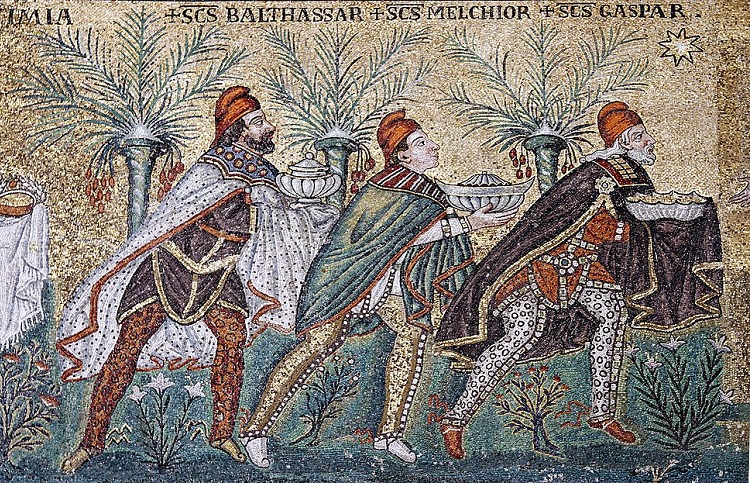149 colour images by the French photographer Jacques Henri Lartigue are shown for the first time in Spain in an exhibition at the Fundación Canal, in the Sala Mateo Inurria, 2, entitled Lartigue, the hunter of happy moments. Colour photographs.
Curated by Marion Perceval (Donation Lartigue) and Anne Morin, founder of diChroma photography, it opens to the public today until 23 April, and forms a surprising and almost unknown part of the work of this French artist.
Photographer, painter and writer, Lartigue (1894-1986) is recognised as a master of French photography, mainly in black and white, although a third of his archive (47,000 of 150,000 images) is in colour, a fundamental part of his oeuvre that for a long time was neglected.
Considered a precursor of photographic modernity, Lartigue’s recognition came only belatedly, however, in 1963 (when the artist was 69 years old) thanks to his first exhibition at MoMA in New York, curated by John Sarkowski, for whom the artist was a “true primitive” who invented the aesthetics of the instantaneous and gave rise to the genre of street photography. That same year, Life magazine devoted a portfolio to him that went around the world and made his black and white works famous, making him one of the great names of 20th century photography overnight.
The exhibition organised and produced by the Fundación Canal, through 149 works, emphasises, however, a singularity of this master that defined his entire life: his ambition to capture “the happy instants” of which he had been a witness and participant. Lartigue pursued this romantic mission entrusted to him by his father on his deathbed, the search for happiness, which he pursued at different times in his career and with different tools, without finding any that left him completely satisfied.







